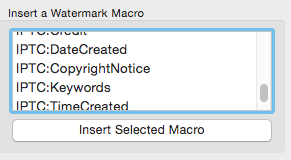
The harder it is to overcome your marking, the greater the chance others will figure it's just not worth it & either make their own images or grab them from somewhere else. FWIW the most difficult watermarks to remove are like the logos TV stations imprint on the lower portion of their shows &/or movies - rather than just lay on a color or tint that in theory might be more easily selected & countered, they remove colors & detail making it more difficult.

When your markings are translucent, they look like watermarks on printed copy. In some cases content owners feel regular text is good enough - in other situations they fear any marking text would just be cut off, so they cover as much of the image as possible, keeping the marking translucent so you can still see enough detail in the image that it serves its purpose.

Umark 5 free download full#
Pro photography sites & content creators might also use this sort of marking with lower resolution proofs to encourage customers to pay for the full versions, rather than cancel the deal & use the samples. Sellers with more unusual items that they have to photograph themselves might use watermarking more often. One of the most common uses was with/for on-line stores & how-to guides to discourage other sites from just including images in their own pages - they would link directly so you paid for both storing & downloading the images.

The purpose of either is generally advertising - you want anyone viewing the image to know where it came from. #8: "Stupid question maybe but…what’s the difference between this type of visible watermark & putting text over a pic? I mean text like ones company or name or whatever."


 0 kommentar(er)
0 kommentar(er)
